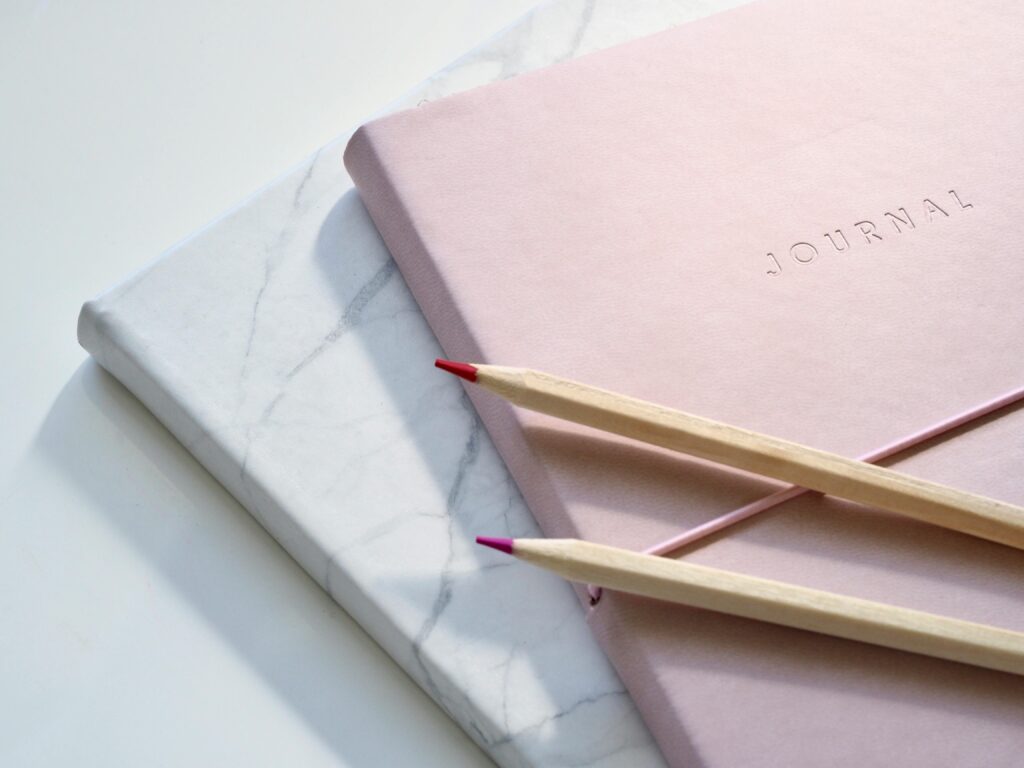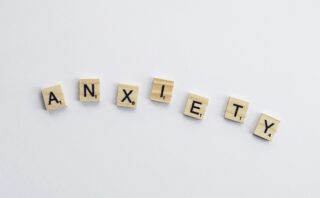Hello, dear readers! Welcome to GrowWithPia.com. Today, I’m excited to share a powerful tool that has helped me manage anxiety and panic attacks: my Daily Anxiety Relief Journaling Template. If you’re searching for a practical way to journal for anxiety relief and regain control of your thoughts, you’re in the right place.
Journaling for anxiety can be a transformative practice that helps you process emotions, identify triggers, and create a sense of calm during stressful times. In this post, I’ll walk you through my journaling template step-by-step, explain how it works, and offer tips for making it a part of your daily routine.

Why Journaling for Anxiety Relief Works
Journaling is more than just putting pen to paper—it’s a way to:
- Release Stress: Letting out your thoughts without judgment can clear mental clutter.
- Identify Triggers: By recording events and emotions, you can recognize patterns that lead to anxiety or panic attacks.
- Reframe Negative Thoughts: Challenging anxious thoughts with balanced perspectives can help you gain control over your mind.
- Cultivate Gratitude and Self-Compassion: Shifting your focus to what you’re grateful for builds resilience and positivity.
If you’re new to anxiety journaling, my template is a great starting point to build a regular practice that supports your mental health.
If you want to know my story, here’s my short youtube video. You can also follow me on threads 🙂
My Daily Anxiety Relief Journaling Template
Below is a detailed template designed to help you journal for anxiety relief and manage panic attacks effectively. Feel free to adjust any section to suit your personal needs.
1. Date & Time
Begin each entry by noting the date and time. Tracking when you journal helps you spot patterns over days, weeks, or even months.
2. Mood Check
- Mood Rating: Rate your current mood on a scale from 1 to 10 (with 1 being very anxious and 10 being calm and confident).
- Describe Your Feelings: Write a few words about how you feel (e.g., “overwhelmed,” “nervous,” “hopeful”). This simple check-in sets the tone for your entry.
3. Brain Dump / Free Write
Let everything out without any structure or judgment. Write down all your thoughts, worries, and emotions. This “brain dump” is a great way to release built-up stress and clear your mind.
4. Trigger & Sensation Log
Reflect on the moments leading up to your anxiety or panic attack:
- What Happened: Describe any events or situations that contributed to your anxious feelings.
- Physical & Emotional Sensations: Note any bodily sensations (such as a racing heart or tight chest) and emotional responses. Over time, this can help you identify specific triggers.
5. Thought Reframing
This section is key to transforming anxious thoughts:
- Record the Anxious Thought: Write down a specific anxiety-provoking thought (e.g., “I’m going to lose control.”).
- Challenge the Thought: Ask yourself:
- What evidence supports this thought?
- What evidence contradicts it?
- Reframe: Replace the negative thought with a more balanced perspective (e.g., “I’ve managed difficult moments before, and I can do it again.”).
6. Gratitude Practice
Focusing on gratitude shifts your attention from fear to positivity:
- List 3–5 Things: Write down a few things you’re grateful for today.
- Reflect on Their Importance: Note why each item is meaningful. This practice rewires your brain to focus on the good, even on challenging days.
7. Self-Compassion & Affirmations
Be kind to yourself with supportive messages:
- Write a Compassionate Note: Imagine you’re comforting a friend. Write a kind message to yourself (e.g., “It’s okay to feel anxious; I’m doing my best.”).
- Include Positive Affirmations: Add affirmations like “I am strong,” “This feeling will pass,” or “I deserve peace and calm.”
8. Visualization & Safe Space
Create a mental sanctuary for when anxiety strikes:
- Describe Your Safe Place: Write about a place where you feel calm and secure. Detail what you see, hear, and feel in that space.
- Use This Visualization: Refer back to this safe space whenever you need to ground yourself.
9. Progress & Reflection
Finally, recognize your efforts and growth:
- Celebrate Small Wins: Note any moments where you handled stress well or saw improvement.
- Reflect on Patterns: Record any insights or recurring themes. Recognizing your progress can build confidence and motivate you to keep journaling.

Tips for Making Anxiety Journaling a Daily Habit
- Set Aside Time: Choose a quiet time each day for your journaling practice.
- Create a Comfortable Space: Find a spot where you feel safe and relaxed.
- Be Patient: Progress takes time. Celebrate small victories along the way.
- Revisit Past Entries: Reflect on your previous entries to see how far you’ve come and to identify helpful strategies.
Final Thoughts
Journaling for anxiety relief is a journey, and my Daily Anxiety Relief Journaling Template is here to guide you every step of the way. By incorporating this practice into your daily routine, you can better understand your triggers, challenge negative thoughts, and build a more balanced perspective on life.
I created this template to help you—and me—navigate the ups and downs of anxiety. If you try it out, I’d love to hear about your experiences. Please leave a comment or send me a message on GrowWithPia.com. Remember, you’re not alone on this journey, and every step you take is progress.
Stay strong and keep journaling!
With warmth and understanding,
Pia
P.S. This template has been a personal lifeline for me. If you ever feel overwhelmed or need extra support, please reach out to a mental health professional. Your well-being is always the priority.





